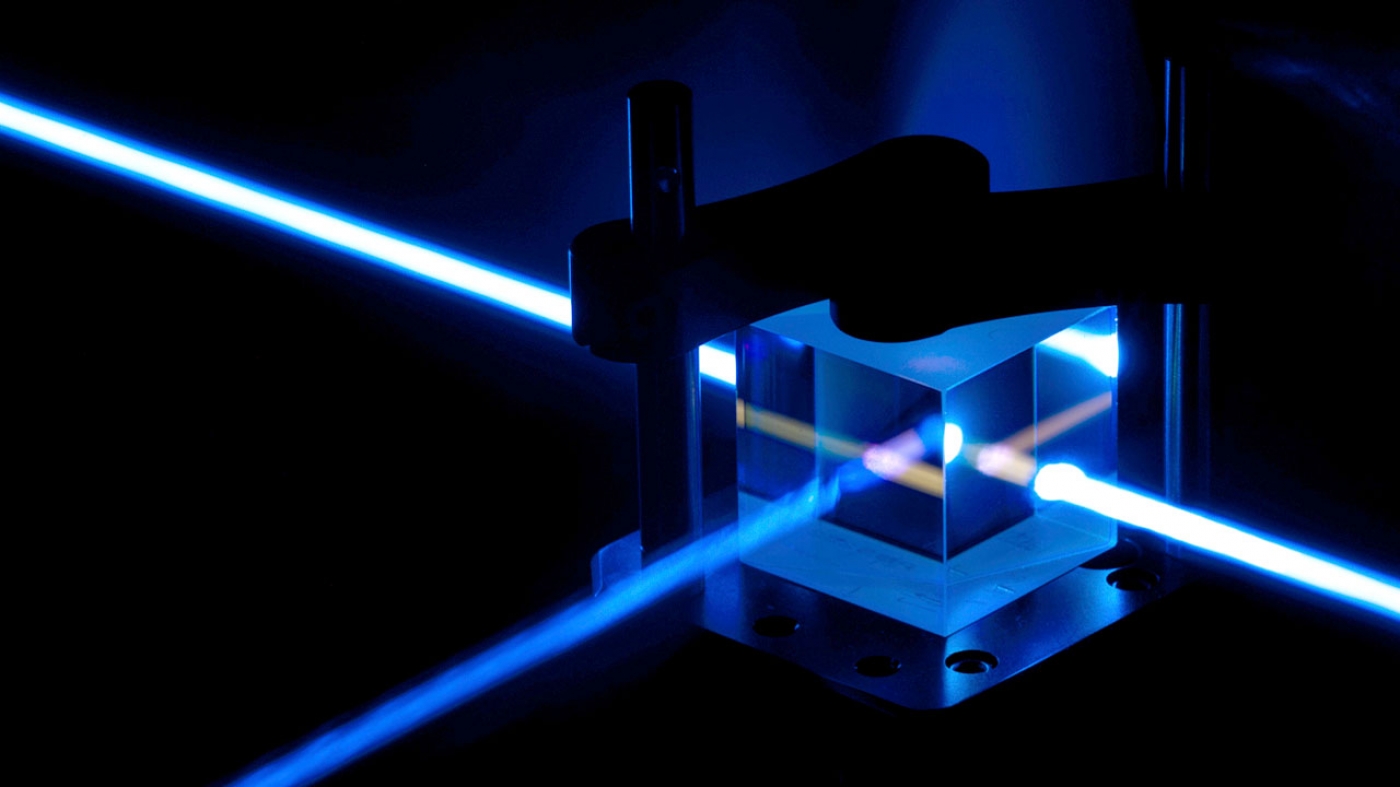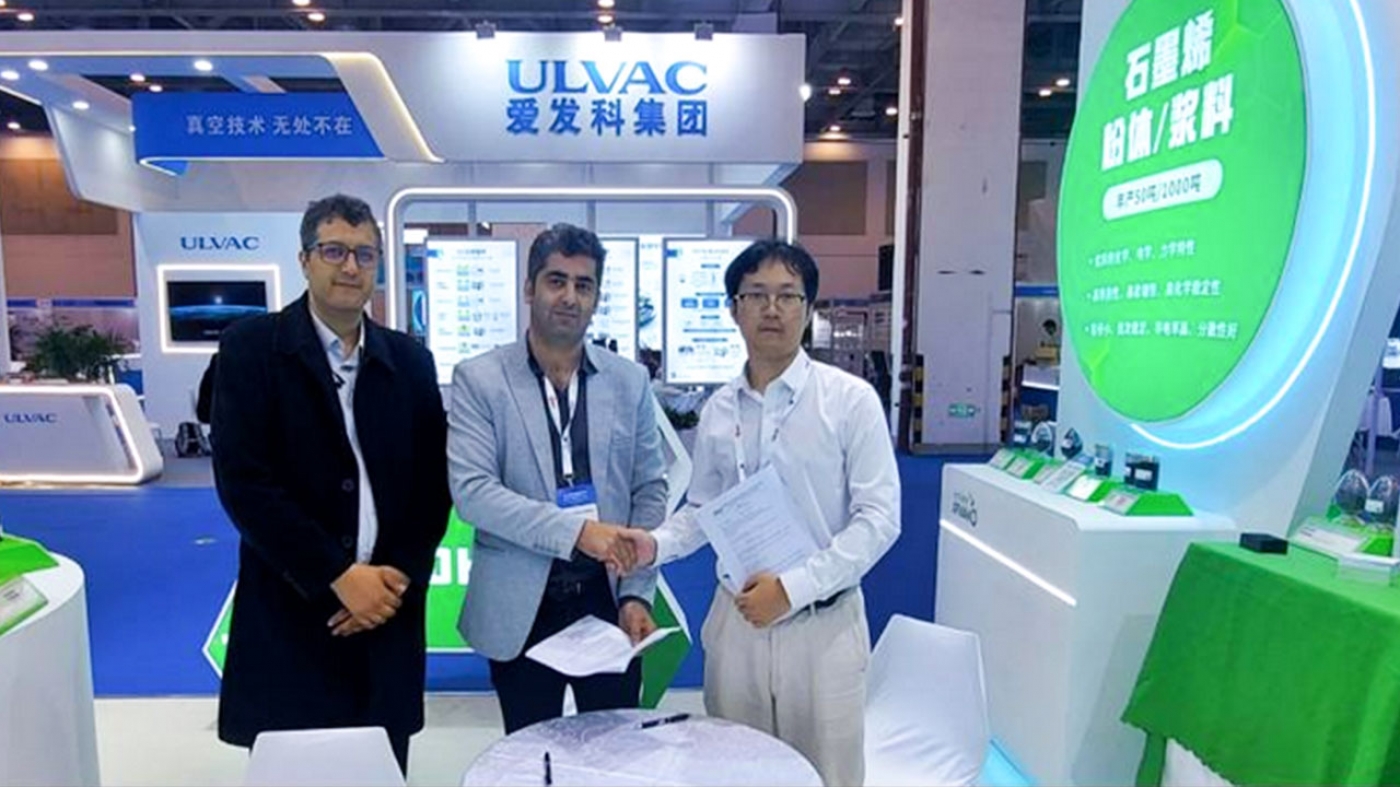Nanophotonic biosensors capable of being excited in the NIR spectrum have applications in various sectors. In the research which was conducted by researchers from Kharazmi university, a 980 nm-excitable nanophotonic sensor for real-time oxygen detection in both water and air by analyzing the photoluminescence lifetime and intensity using a nanocomposite of lanthanide-doped NaYF4:Yb3+,Tm3+ upconversion nanoparticles and a PtTFPP platinum porphyrin complex in a polystyrene matrix was developed. Acceptable overlap between the emission of the upconversion nanoparticles and the excitation band of the PtTFPP guarantees 68% efficient excitation of the PtTFPP molecules with a 980 nm NIR laser. For the first time, the oxygen sensitivity of the upconversion nanoparticles alone was reported, and it was demonstrated that the PL lifetime-based sensitivity slope was boosted more than 10 times by adding PtTFPP oxygen-sensitive molecules due to the energy transfer from the upconversion nano-emitters.
“The functionality of the upconversion-based sensor was investigated by analyzing its sensitivity, stability, reversibility, and temperature-dependent lifetime in both water and air, and its performance was compared with that of the sensor exposed to direct excitation at 410 nm” Dr. Heidari, faculty member of Kharazmi University said, “more importantly, the sensor was implanted under the skin of a chicken, and it was demonstrated that the PL intensity was amplified more than 12 times by employing the 980 nm excitation laser instead of 410 nm laser light.” Therefore, excellent emission of the sensor under the skin paves the way for the development of implantable oxygen sensor platforms.
This research was carried out in the laboratory of nanophotonic and optofluidic sensors of Physics Department of Kharazmi University. Javad Amir Ahmadi, M.Sc. student of Kharazmi University, and faculty members of this university including Dr. Heidari and Dr. Majlesara, conducted this research in a collaboration with researchers from universities of Glasgow, Scotland and Jiliang, China. The results of this collaboration were published in an article entitled “Dual-mode nanophotonic upconversion oxygen sensors” in Nanoscale magazine.





